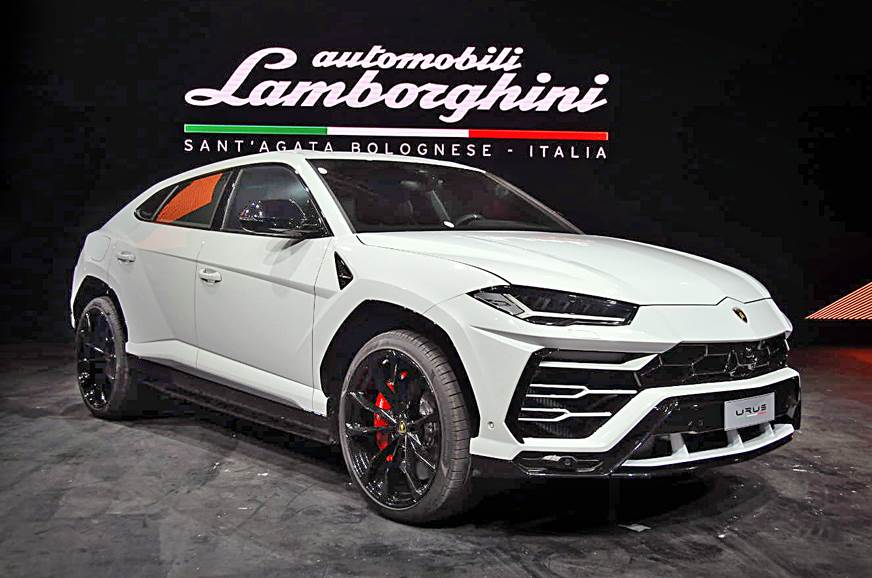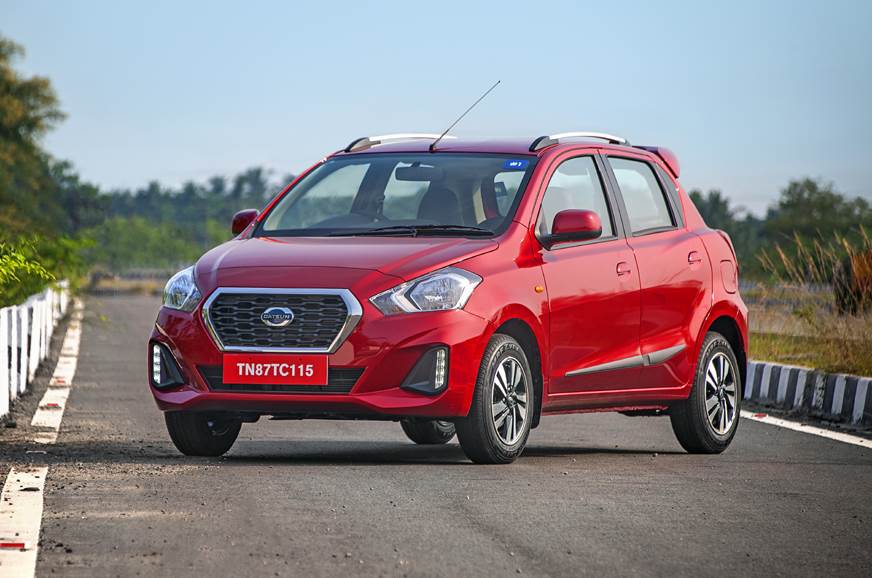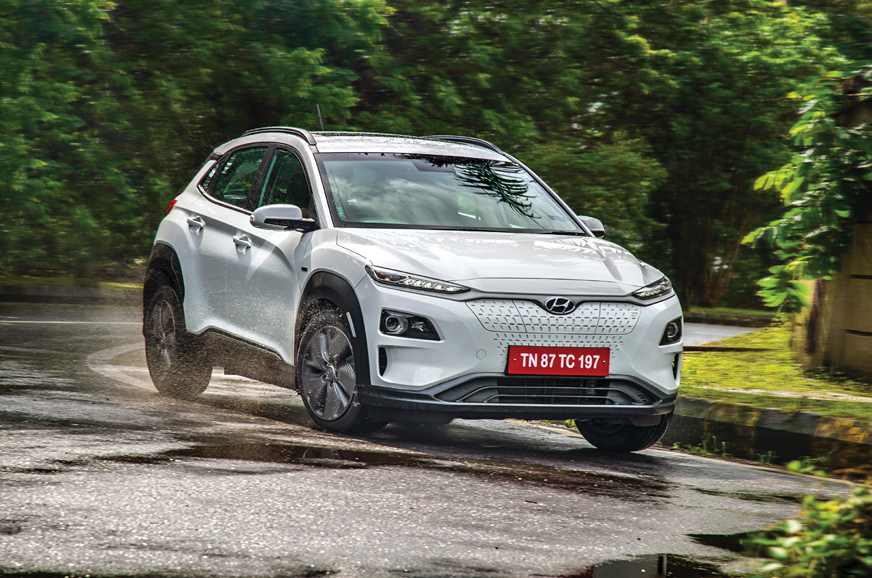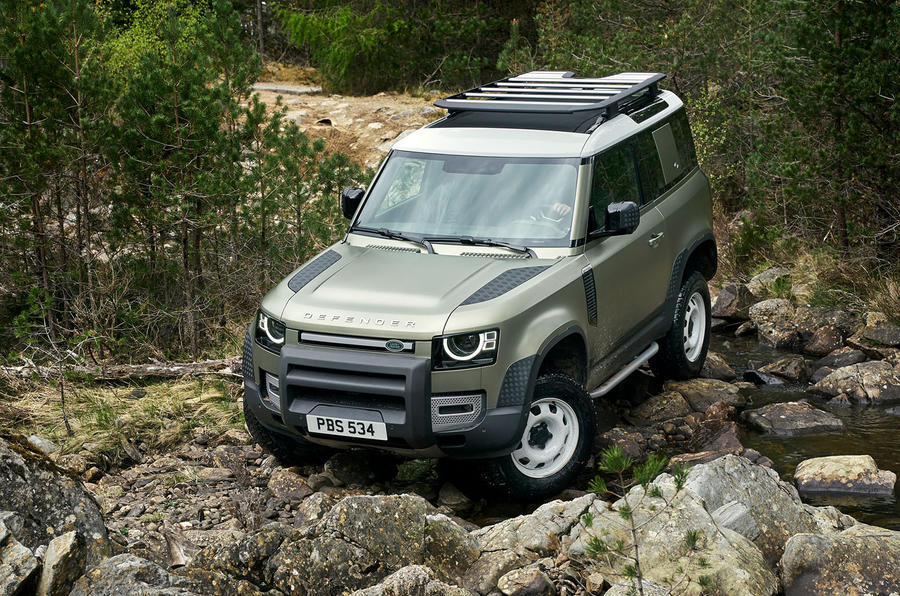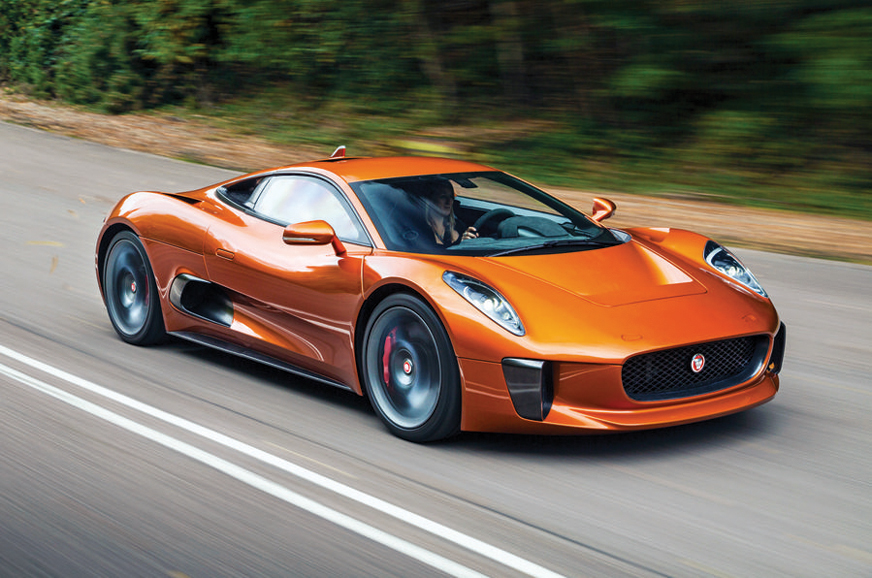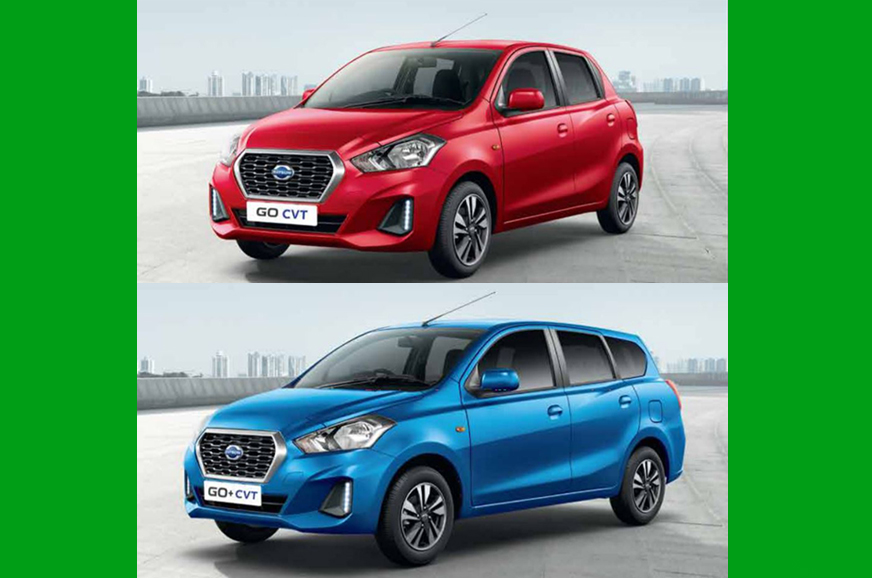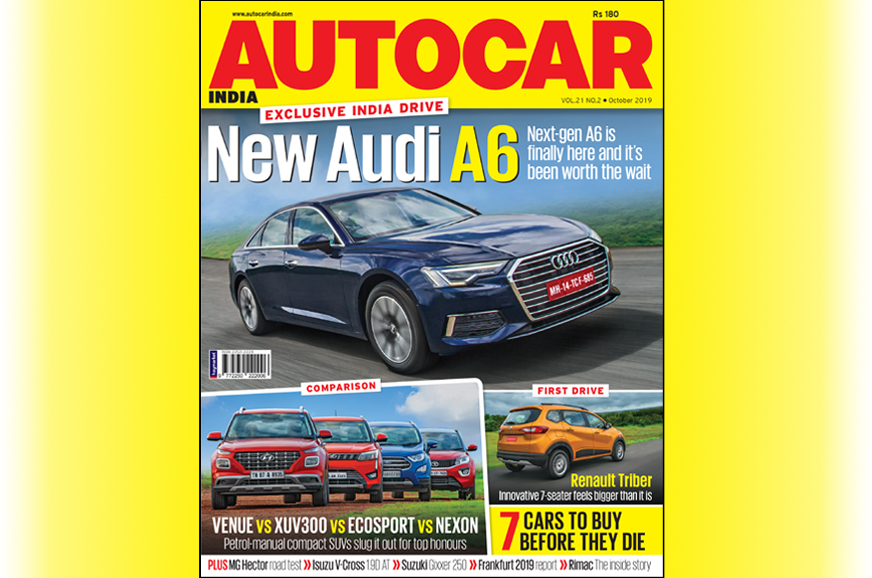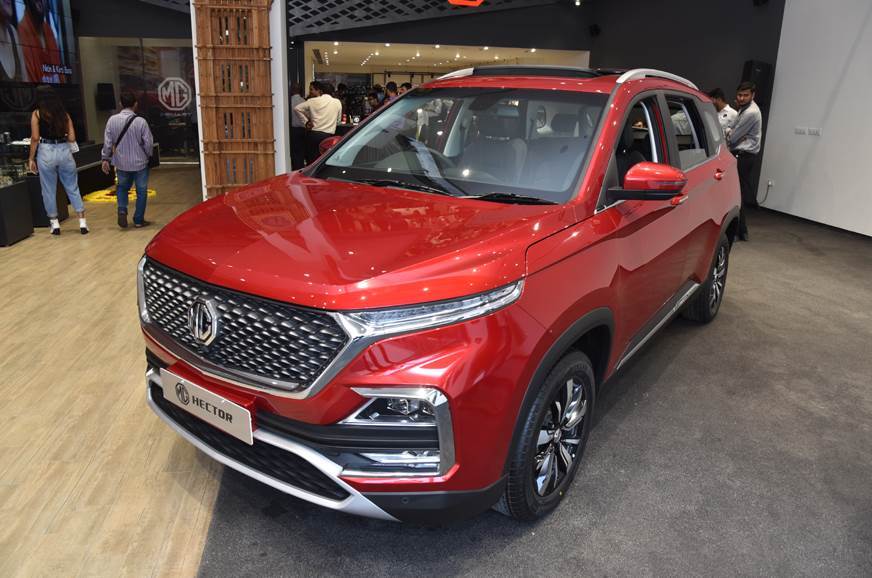The track record of electric cars sold in India hasn’t been great. The ones on sale earlier had a very limited range, were not powerful and, with no charging infrastructure to support them, they were also impractical. Now with all the talk of electrics, the timing couldn’t have been better for the launch of the Kona Electric – Hyundai’s first mainstream EV with a large range and a modern, practical cabin. Little surprise then that in a span of just 10 days, Hyundai received over 120 confirmed bookings. The Kona is available in a single ‘Premium’ variant, at an ex-showroom price tag of Rs 23.72 lakh at 15 select dealerships across 11 cities in India.

The Kona EV is already an international success. Since its launch in April 2018, it has sold over 15,000 units worldwide. It is offered with two battery choices – 64kWh and 39.2kWh – in global markets. For India, Hyundai has chosen the smaller and more affordable 39.2kWh option, which the company says has an ARAI-tested 452km range. At an asking price of Rs 25 lakh (on road), the Kona EV won’t disrupt SUV sales, but is it worth looking at if you can install a charger at your home? Will it be practical to use? What is the real-world range? What are some of the creature comforts and luxuries you will have to give up when your money is used to buy exorbitantly priced batteries? These and other questions are answered in our first all-electric road test in a long time.
Hyundai is offering the Kona EV in just one variant and has made sure it is loaded with features to compete with other cars in this price range. Safety-wise, you have six airbags, ABS with EBD, electronic stability control (ESC), electric parking brake with auto hold, hill-start assist, all-wheel disc brakes, tyre-pressure monitoring system, virtual engine sound system (it generates engine sound while in motion to alert pedestrians of the car’s presence), Isofix child-seat anchors, and rear parking sensors with camera.

Bi-functional LED projector lamps are placed below the DRLs.
For your comfort and convenience, there’s automatic LED lights, 17-inch alloys, a sunroof, 10-way adjustable powered driver’s seat, heated and cooled front seats, 60:40 split rear seat, auto-dimming inside mirror, heated outside mirrors, cruise control, drive modes, three regenerative braking modes and a wireless phone charger.
The 7.0-inch touchscreen has a crisp display and a very intuitive user interface. It doesn’t have built-in navigation but it gets Android Auto and Apple CarPlay, both of which now support Google Maps. The touch sensitivity is also good and the screen is readable, even under direct sunlight.
Surprisingly, it doesn’t get Hyundai’s Blue Link SIM card-based connectivity tech. However, it displays a lot of car information, like battery status, range, power consumption by various systems (including the motor), driving efficiency on previous trips, and even the reduction in CO2 emissions while driving as compared to a similar-sized conventional petrol-powered car! This isn’t very accurate, though. You can also control various charging aspects from the infotainment unit, like setting the percentage till which you want the battery to be charged or even set the appropriate charging current for AC chargers.
Buying and owning
The reduction in GST dropped the price of the Kona to Rs 23.72 lakh (ex-showroom, India). Hyundai is also offering a three-year/unlimited km standard warranty and three years road side assistance. For the battery pack, you get an eight-year/1,60,000km warranty as well.
The Kona Electric, like any other EV, is a step towards the ideal goal of environment-friendly vehicles by bringing emissions to nil. Even though India still relies on fossil fuels for electricity production, EV adoption goes a long way towards reducing carbon emissions.
If that isn’t motivation enough, people also expect the cost of electricity for running an EV to be much lower than what they’d spend on fuel for a regular car. Let’s break that down. The battery capacity of the Kona EV is 39.2kWh, which means it needs approximately 40 units of electricity for a full charge (1kWh = 1 unit). In India, a single unit of electricity costs around Rs 8 (for residential areas) depending on the service provider. So the cost for a full charge is around 40 units X Rs 8 = Rs 320. Going by our tests, in realistic driving conditions, it is quite easy to get a range of 300km. That makes the cost of driving the Kona 320/300 = Rs 1.1 per km. A diesel- or petrol-powered Elantra automatic, which is almost in the same price bracket, would cost you Rs 5 per km (diesel price = Rs 65 per litre) and Rs 6.8 per km (petrol price = Rs 72 per litre), respectively.
Verdict
Electric vehicles (and the infrastructure to support them) are still in their infancy in India. Still, it’s clear that the Kona is easily the most complete EV to go on sale in India today. It has a powerful motor that provides good performance; and once you install your own charger at home, provided you can, the Kona Electric even becomes practical. The battery allows you to travel 250-300km between charges in the city and charging it costs next to nothing.

It is, admittedly, lacking in a few areas. The interiors don’t feel very premium, especially for a Rs 25 lakh car – it’s cramped on the inside. The backseat is not comfortable and while it feels nippy around corners, the steering lacks feel and feedback. The Kona’s biggest challenge however is that Rs 25 lakh can alternatively get you one of the best SUVs on sale in India; something like a fully loaded Kia Seltos or even a Jeep Compass. Still, if you want to be an early adopter of the electric technology and are willing to overlook a lack of size, space, comfort and the added conveniences that petrol and diesel cars still have over EVs, The Hyundai Kona Electric could very well be your first electric. It sets very high standards for the future EVs coming our way.
Click here for Hyundai India models, prices, reviews, images, videos and more details
from Autocar India https://ift.tt/2obW8lb
via
IFTTT
